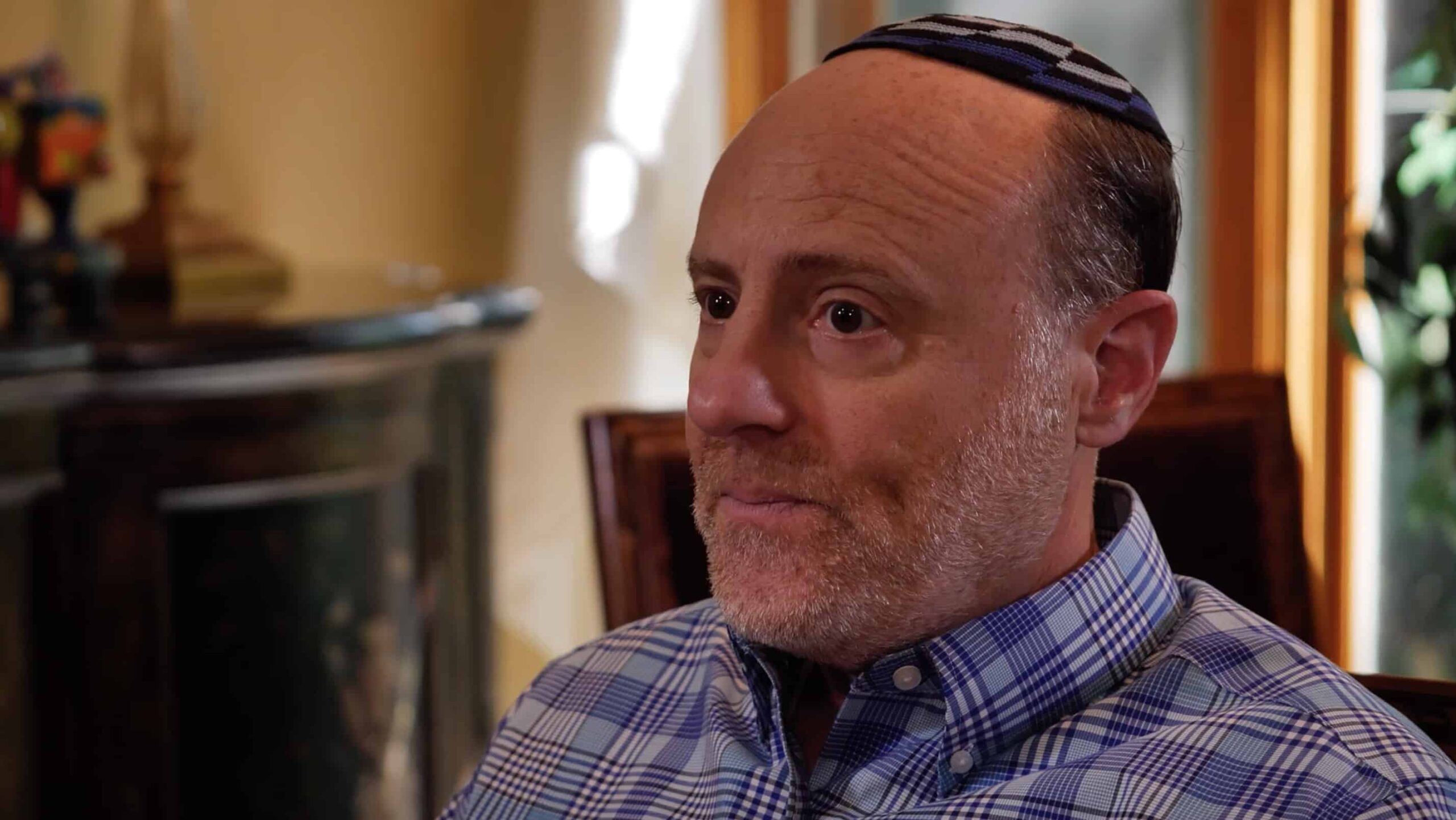Steve Coven of Highland Park, Ill. was always tired.
Fatigue affected his ability to learn in school and later hampered his efforts to build an independent, bathtub-refinishing business. But, a pair of eyeglasses prescribed by the Mind-Eye Institute in Northbrook, Ill. in 1993 suddenly changed all that – even though Steve’s eyesight tests 20/20 without them. And, he has been a believer ever since.
“The glasses have enabled me to pursue the things I need and to work the necessary long hours to make my business successful and provide for my family,” says Steve, who credits Deborah Zelinsky, OD, of the Mind-Eye Institute (https://mindeye.com), and what he calls her “super-weird” tests, as well as neuroscientist, Donalee Markus, PhD, of Designs for Strong Minds™, for the turnaround in his life.
In fact, he remembers telling both scientists “you are 20 years ahead of the curve. You are so far ahead, [other professionals] don’t understand what you are doing and, therefore, simply disregard [your work].”
Steve still wears Mind-Eye lenses more than 25 years after his first prescription — just recently switching from glasses to contact lenses – and plans to continue wearing them.
Before the glasses, “I would read for 10 minutes or less and then get so fatigued, I wanted to take a nap. That had been the problem my entire life,” says the 57-year-old businessman, who had been diagnosed as learning-disabled in school – even placed in classes “that were a little bit behind other kids.”
“In school, I always needed extra time to complete tests I had trouble processing questions well enough to answer them properly. I just chalked it up to my learning issues,” he says. In high school, a counselor told him to plan on attending a junior college or a trade school because “you can’t handle a four-year college.”
Despite the advice, Steve did manage his way through college – “I didn’t do badly, but I didn’t do great either;” graduated; started seven or eight different businesses, “which didn’t do that well;” and “then found my way to bathtub refinishing,” a business he eventually purchased.
But he continued struggling with fatigue and processing issues – made worse by the long hours he was spending trying to create a successful venture. It was Steve’s father who recommended he make an appointment with Dr. Markus. Steve did, and, during his first appointment, Dr. Markus asked him why he was not wearing glasses. “I told her I don’t need glasses; my eyesight is 20/20. That’s when she referred me to Dr. Zelinsky and the Mind-Eye Institute,” Steve says.
Dr. Zelinsky, who is founder and research director of the Mind-Eye Institute, conducted a comprehensive evaluation, which Included her patented Z-Bell Test℠, before determining Steve has a visual imbalance. Steve recalls her telling him that “yes, you have 20/20 eyesight, but one eye is working harder to see than the other. Your brain is working so hard to balance the two eyes that you quickly become fatigued.”
“She fitted me with prescription glasses, and suddenly life changed. I could read for extended periods of time and was better able to focus on making my business viable and successful,” Steve relates.
“Mind-Eye therapeutic glasses – what we refer to as ‘Brainwear™’ — are not intended to get patients to the clarity of 20/20 eyesight,” explains Dr. Zelinsky. “At the Institute, we consider the synchronization and balance between sensory systems – such as hearing and seeing.
“The retina is composed of brain tissue, serving as a two-way portal between body functions and environmental stimuli. The right mix of filters, lenses and/or prisms can selectively stimulate light on the retina, helping patients redevelop visual skills during recovery from debilitating, life-altering symptoms of brain injuries; supporting development of new skills in patients with learning problems; and readjusting imbalances between spatial awareness in the visual and auditory systems,” Dr. Zelinsky says.
Steve says he was impressed with Dr. Zelinsky’s “probing questions” during his initial appointment with her. “They were so different from what anyone else had ever asked me.” He also somewhat fondly recalls the Z-Bell Test℠.
“She asks me to close my eyes and then rings a bell that she wants me to reach out with a finger and touch, and I can’t. I keep missing it. Then she puts different lenses over my eyes while they are still closed and suddenly, boom, I can touch the bell; boom, I touch it again, spot on.”
“Light penetrates closed eyelids and activates parts of the brain not used for eyesight. With eyes closed, patients still must “visualize” surrounding space in order to locate the bell,” says Dr. Zelinsky. “A Mind-Eye optometrist will place different lenses, prisms and filters across the patient’s closed eyelids until the right combination allows the patient to find the bell immediately.”
Results of the Z-Bell Test℠ play a crucial role in developing an effective eyeglass prescription that addresses a patient’s specific needs, using comfort as an end goal, Dr. Zelinsky says.
Meanwhile, Steve’s trust in the Mind-Eye Institute has extended to other family members, who have since benefited from Mind-Eye evaluation and assistance. He also says he has recommended the Institute to friends and acquaintances, some of whom have later told him that the “Mind-Eye Institute has positively changed our child’s life.”
“I know,” Steve adds, “I am proof of that.”

